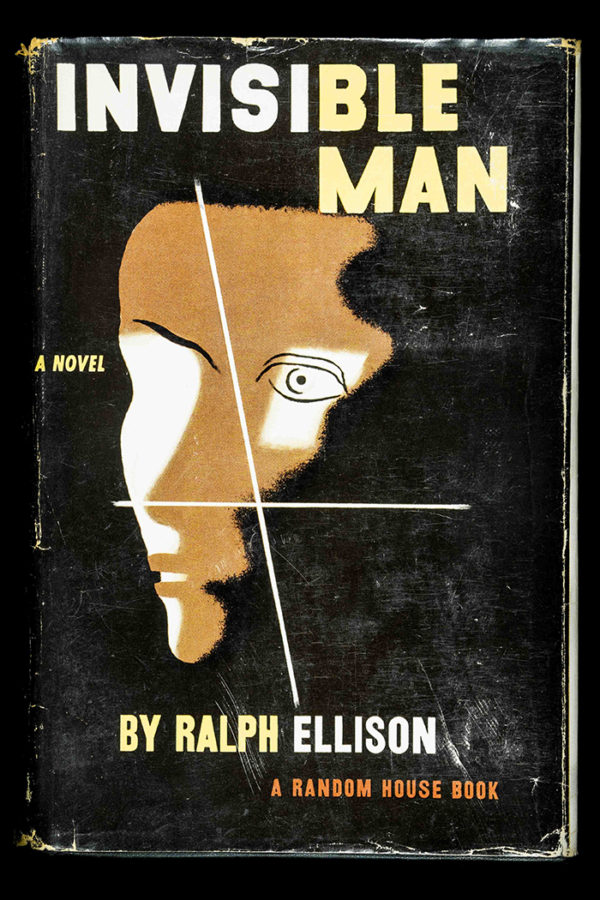
During his time at the college the Invisible Man believes that the only acceptable method of achievement for a Black man is through the formal channels of academia thus, evoking the ideas of Booker T. In this instance the Invisible Man reflects on his time at the college. “For three years I had thought of myself as a man and here with a few words he’d made me feel as helpless as an infant.” Bledsoe, is more concerned with maintaining his own image and power than looking out for the interests of the students. He had come to envision his potential through the university, but soon learns the dean, Dr. After being expelled from college for embarrassing the school leaders in front of a wealthy white donor, the Invisible Man struggles to understand his place in the world. The White elites of the novel favor the ideology of Washington over Du Bois, thus holding up their ideal of the identity the Invisible Man should aspire to.Īs the novel continues, the Invisible Man is recurrently confronted with questions of self-identity. These two competing notions pull at the narrator throughout the first half of the novel. Du Bois, who asserted the opposite-that in order to defeat racism, Black Americans needed to seek their own political power. Washington, who believed that Black Americans could achieve progress by working within the channels already afforded to them and proving acceptability to White society through diligence and hard work, versus those of W.E.B. The use of the terms “social responsibility” and “social equality” invoke the ideas of Booker T. Here Ellison demonstrates the limitations placed on Black identity as a result of racism, but he is also invoking important and varying traditions in Black political thought which also give shape to the narrator’s identity. In this instance, the town’s White elite define the “proper path” and “right direction” towards identity. “He makes a good speech and some day he’ll lead his people down the proper paths…This is a good, smart boy so to encourage him in the right direction.” Following the speech, the Superintendent emerges to award the Invisible Man a scholarship to a The Invisible Man’s difficulty speaking and his error in saying “social equality” in the place of “social responsibility” illustrate the limitations a White, wealthy power-structure place on the Black individual. The fight, arranged for the entertainment of the white officials, is followed by the narrator’s efforts to deliver his speech after his mouth has been bloodied. However, once he arrives at the event he is forced to fight a group of other young black men while blindfolded. During this selection the Invisible Man has been invited to share his graduation speech with a group of important White officials from his hometown. Perhaps the most striking example is the scene of the “battle royal”.
INVISIBLE MAN RALPH ELLISON WIKIPEDIA SERIES
The protagonist uses story-telling to wrest his identity from the hands of others.Īs the novel continues it shifts back in time and the Invisible Man is faced with a series of others who seek to define him. The frame structure introduces the concept of voice, oration and story-telling as a means of defining oneself. I’ve illuminated the blackness of my invisibility.”


“Before that I lived in the darkness into which I was chased, but now I see. He desires recognition of his self-identity over social identity. The light bulbs foreshadow the invisible man’s struggle to be seen. This opening scene introduces readers to some of the major motifs of the novel. The apartment is brightly lit by hundreds of light bulbs, fed by the electricity the Invisible Man steals from Monopolated Light & Power. The novel opens with the nameless protagonist hiding out in a Harlem basement apartment as he sets down to retrospectively narrate the experiences that lead to this moment. Ultimately, Ellison seems to suggest that to know oneself is a source of power that frees the individual from the alienating forces of oppression. Race, regional origin, and class position serve as barriers to knowing the self. The work is structured as a series of cyclical episodes in which the narrator arrives at a new identity, usually one that is placed upon him by others or necessitated by the conditions in which he finds himself. Throughout the novel, the nameless protagonist struggles to understand his place in a world of ever shifting modes of power, and regional place, which both disrupt his sense of self. Is chiefly a novel about defining one’s identity as an individual and as part of a larger group.


 0 kommentar(er)
0 kommentar(er)
